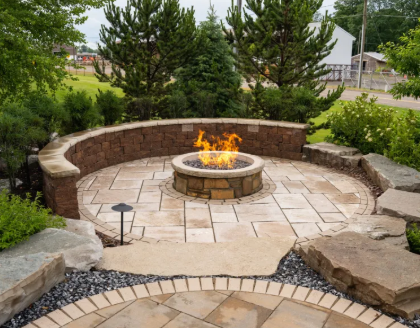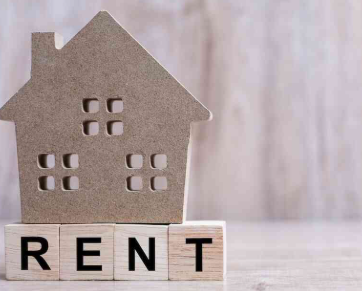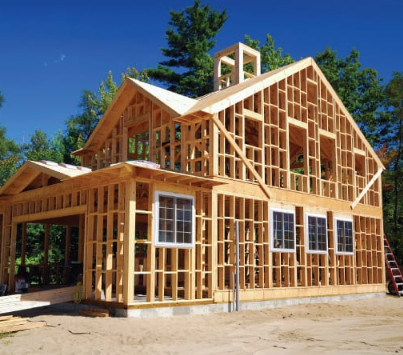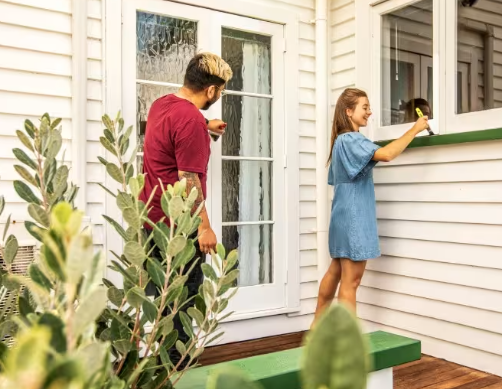Retirement in the U.S. raises big questions. From housing options to costs, every family must plan carefully for elders.
For those planning to retire in the U.S., the question is: how can seniors achieve happier and safer living arrangements with a limited budget? With the question in mind, let’s take a look at senior housing options in the U.S.
Depending on an elderly person’s level of independence, health condition, and financial situation, the main types of senior living in the U.S. include:
In-home personal care
Independent living communities
Assisted living communities
Nursing homes
Continuing care retirement communities
Adult daycare
Specialized care centers, such as Alzheimer’s and memory care facilities
1. In-Home Personal Care
Remaining at home in a familiar environment is a preferred choice for many seniors. To make homes safer, modifications may be needed—such as non-slip rugs, grab bars, or wheelchair accessibility. As seniors’ physical and cognitive abilities decline, they may need assistance with daily tasks—dressing, bathing, eating, paying bills, medical visits, and companionship. These services are billed hourly, making cost dependent on the level of care required.2. Independent Living Communities
For healthy, self-sufficient seniors, independent living communities offer age-restricted housing (usually 55+). Homes may include apartments, condos, townhouses, or mobile homes—available for rent or purchase. These communities provide facilities like restaurants, gyms, libraries, pools, and transportation, as well as optional services such as housekeeping, maintenance, security, and meal delivery. Social activities—dinners, games, or clubs—help foster a sense of community.3. Assisted Living Communities
For seniors who remain partially independent but need help with daily life (without 24/7 medical care), assisted living is ideal. Housing resembles independent living, but staff are available around the clock. Services include meals, bathing, dressing, medication assistance, transportation, and medical coordination.Admission rules vary by state—some require residents to be mobile.
4. Nursing Homes
For seniors who cannot care for themselves and require medical supervision, nursing homes provide the most professional care outside hospitals. Services cover daily living (meals, laundry, medication) along with 24-hour nursing and rehabilitation programs, including physical therapy, speech therapy, or specialized Alzheimer’s care.5. Continuing Care Retirement Communities (CCRCs)
CCRCs combine independent living, assisted living, and nursing care within one community. This reduces relocation stress as health needs change.Main contract types exist:
Type A (Extensive): Higher fees, but unlimited access to health and support services.
Type B (Modified): Lower monthly fees, but additional health services charged separately.
Type C (Fee-for-Service): Lowest entry fees, but nearly all healthcare costs are billed at market rates.
Type D (Rental Agreement): Low or no entry fee; residents pay for services as needed.
6. Adult Daycare
Daycare centers provide daytime supervision for seniors recovering from illness or when caregivers are unavailable. They offer meals, activities, social interaction, and sometimes rehabilitation support, allowing seniors to stay engaged and caregivers to rest.7. Memory Care Centers
Alzheimer’s disease, which accounts for 60–70% of dementia cases, causes progressive memory loss, disorientation, emotional instability, and eventual loss of independence. Memory care centers provide 24-hour supervision, medical support, rehabilitation, and structured activities to prevent wandering or injury while easing the burden on families.8. Costs of Senior Care
Education, healthcare, and retirement are the “three money-eaters” in the U.S. Costs vary widely by location, health condition, and service level.Memory care & nursing homes: about $80,000–$150,000 annually
Assisted living: about $50,000–$60,000 annually
Adult daycare (Seattle average): about $61/day, or $23,000 annually
Independent living: similar to normal housing costs, typically self-funded
In-home care: charged hourly, based on service level
With Seattle’s cost of living ranking among the top five nationwide, expenses can be especially high in major cities.
9. Affordable Housing & Government Benefits
For seniors with limited budgets, various programs help reduce housing and care costs:1. HUD Housing Choice Vouchers (Section 8): Federally funded, providing rent subsidies for low-income seniors, disabled individuals, and families. Applications are managed through local Public Housing Authorities (PHAs).
2. HECM (Home Equity Conversion Mortgage): Also known as a reverse mortgage, this FHA-backed program allows homeowners aged 62+ to convert home equity into cash, while staying in their home for life. Repayment occurs upon selling or vacating the property.
3. Local Programs: Many cities and nonprofits offer additional senior housing support.
Example: Bellevue, WA, since 1993 has promoted smaller housing units (under 600 sq. ft.) for seniors, increasing affordable inventory. Medicare (red/blue card) and Medicaid (white card) may cover part of assisted living and nursing home expenses, alongside self-pay or long-term care insurance.
10. Tools and Resources
Finding senior housing information can be overwhelming. Useful resources include:1. Online Search: Keywords like “senior housing,” “assisted living,” “adult daycare,” or “affordable housing” yield extensive results. Libraries provide internet access and support for seniors unfamiliar with technology.
2. Guides and Handbooks: Publications such as CHOICE-Resource Guide for Seniors and Retirement Connection are available at libraries, hospitals, senior centers, or online (e.g.(https://retirementconnection.com/my-list)).
3. Local Agencies and Organizations: Public housing authorities, community nonprofits, and senior service groups often provide counseling and housing referrals.
In Seattle, CISC, SHAG (Senior Housing Assistance Group), and Bellevue Mini City Hall are notable examples.





